This pair of plates is close to the production of the Sèvres Manufacture.
Biography :
The Sèvres Manufacture of soft-paste porcelain was created about 1738 at Vincennes by bankers and financiers with the aim of making true or “hard-paste” porcelain, like Meissen did. In 1753 Louis XV became a major shareholder and the manufactory was transferred to Sèvres, closer to the Versailles Palace. In 1759, Louis XV bought out the other shareholders and Sèvres became the exclusive property of the France Crown. From then, the manufactory mark was a symmetrically crossed Ls (the royal monogram) together with a date-letter indicating the year. The period from 1756 to 1779 represents the most successful and prosperous years for the factory. Louis XV ordered large services for diplomatic and royal presents. The factory producing with success both soft-paste and hard-paste porcelain also invented in these years the most famous ground colors: the dark blue (bleu lapis) about 1752, the turquoise blue (bleu céleste) in 1753, the apple green in 1756, the famous pink in 1757, and the royal blue in 1763.
In the mid-nineteenth century, under Napoleon III’s reign, the Imperial manufacture had a period of great success. Much influenced by the art of the Middle and Far East, Sèvres implemented new techniques and created the « paste on paste » decors. With the disappearance of the sovereign in 1871, the manufacture of Sèvres lost his natural protector. The French Republic, after few hesitations, decided to keep it active.




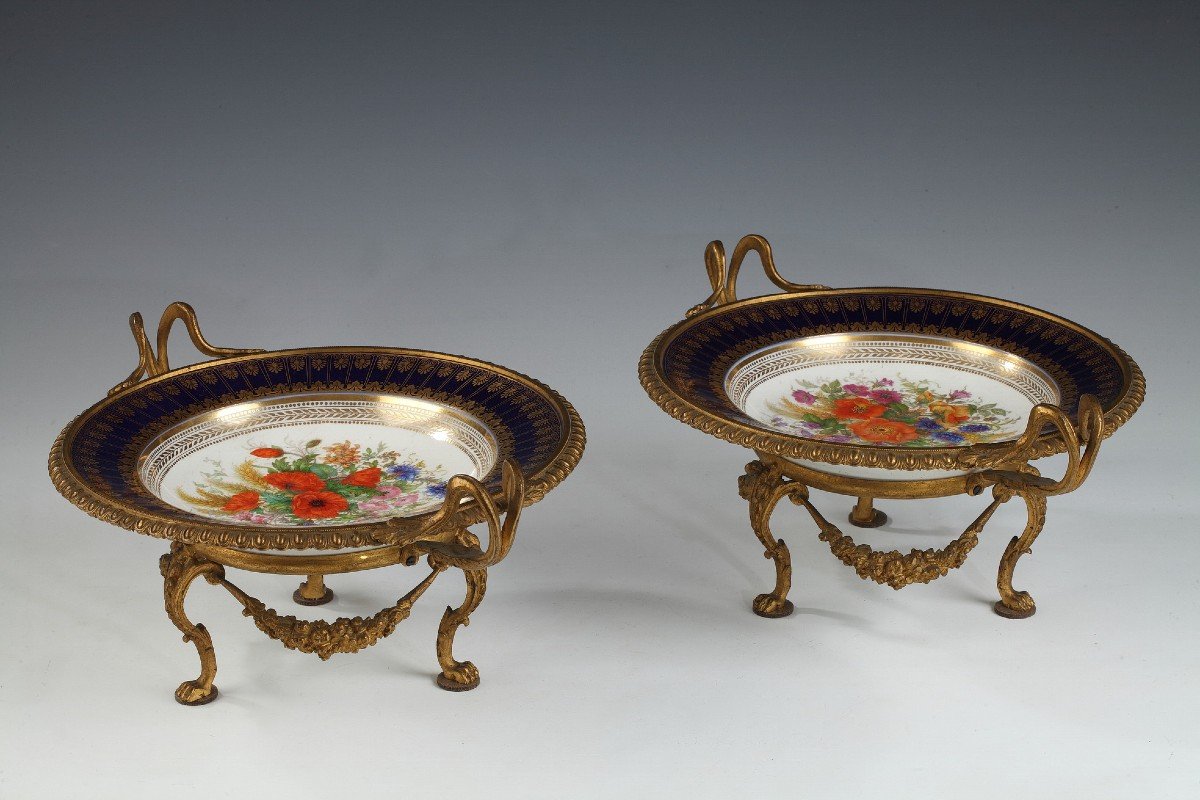




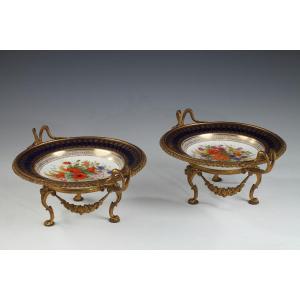









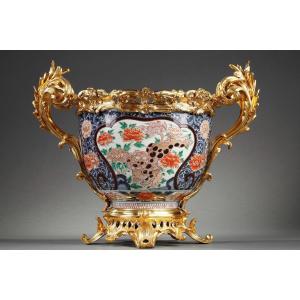
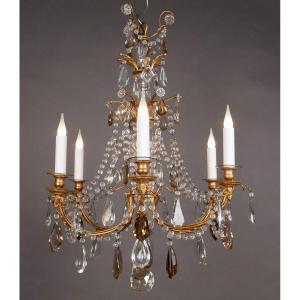



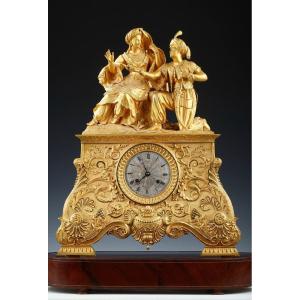
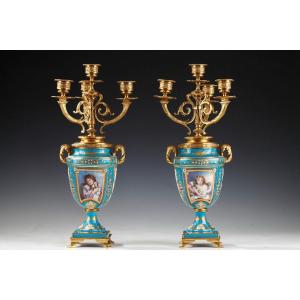

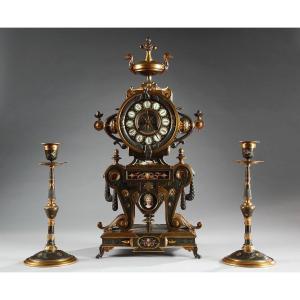
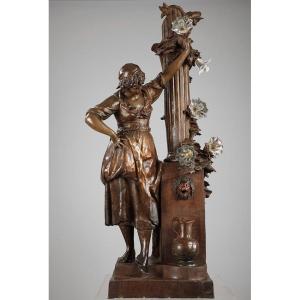




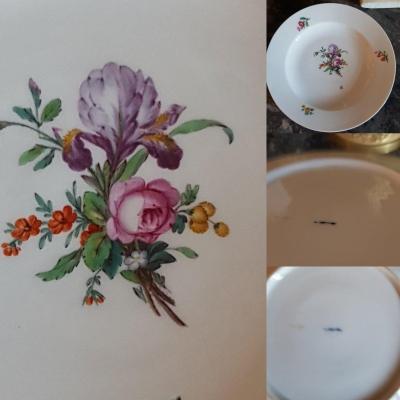
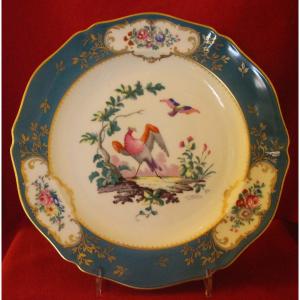
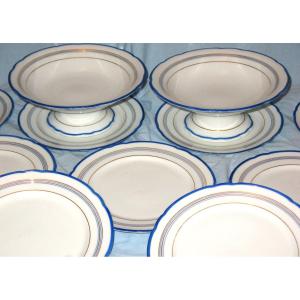
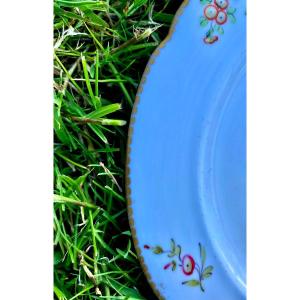



 Le Magazine de PROANTIC
Le Magazine de PROANTIC TRÉSORS Magazine
TRÉSORS Magazine Rivista Artiquariato
Rivista Artiquariato